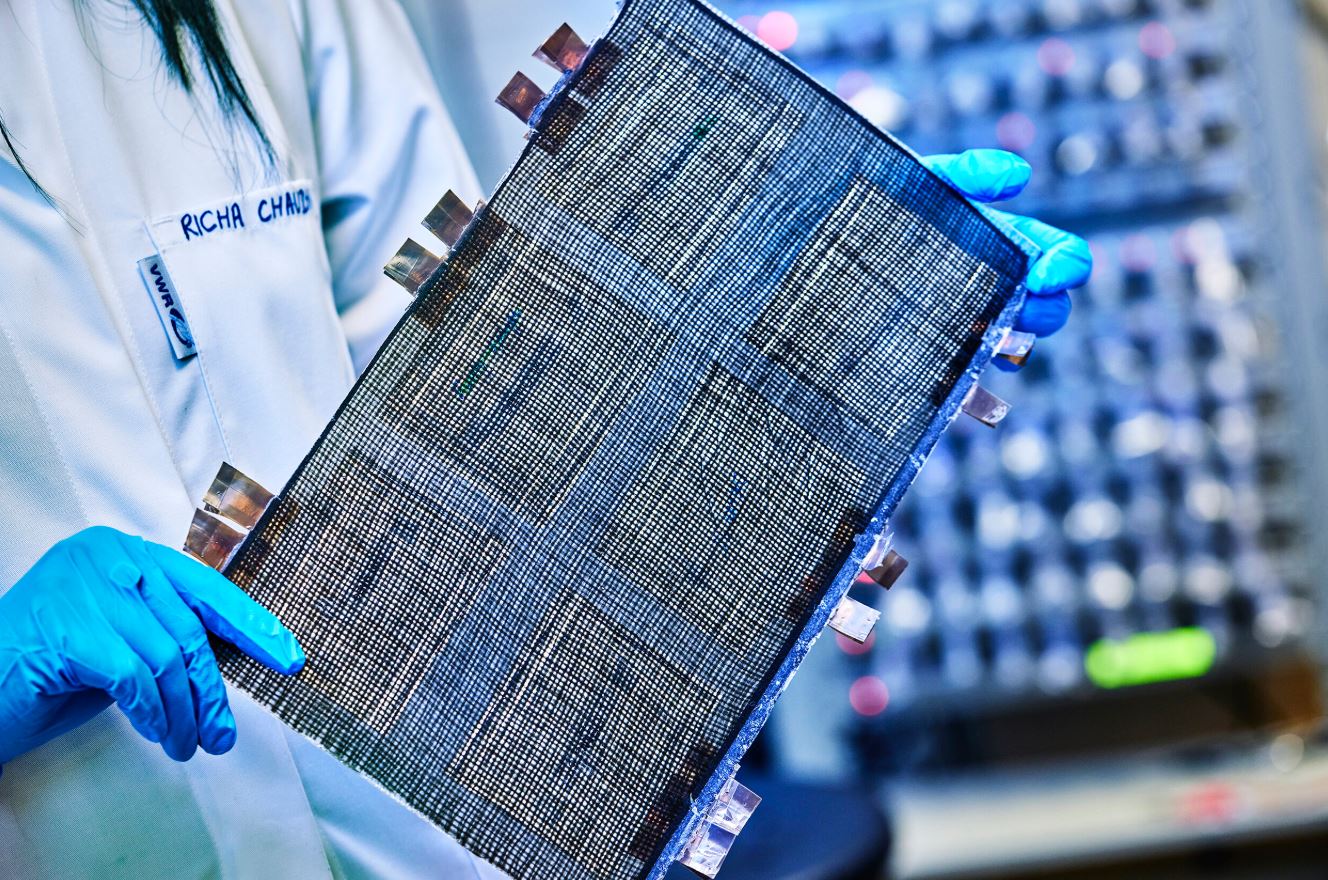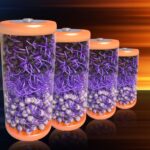 Researchers have developed a clever new technique to control phase boundaries in thin film materials simply by tweaking their thickness. This method allows us to craft non-toxic energy storage materials that don’t rely on hazardous elements like lead. By using pulsed laser deposition—a reliable way to form precise thin films—the team has managed to influence how different crystalline phases coexist in sodium niobate (NaNbO3), a member of the potassium sodium niobate (KNN) family. This control over phase boundaries is vital because it can boost the material’s ability to store charge.
Researchers have developed a clever new technique to control phase boundaries in thin film materials simply by tweaking their thickness. This method allows us to craft non-toxic energy storage materials that don’t rely on hazardous elements like lead. By using pulsed laser deposition—a reliable way to form precise thin films—the team has managed to influence how different crystalline phases coexist in sodium niobate (NaNbO3), a member of the potassium sodium niobate (KNN) family. This control over phase boundaries is vital because it can boost the material’s ability to store charge.
Ruijuan Xu, the study’s lead author and an assistant professor at North Carolina State University, explains that traditional methods have leaned heavily on toxic chemicals to reach desired outcomes. Instead, Xu’s team focused on manipulating physical strain by adjusting film thickness. They discovered a linear relationship: thinner films favour one crystalline phase (M C), while thicker films promote the other (M B). In practical terms, this means you can effectively fine-tune the material’s properties to suit specific needs.
The real surprise came when these sodium niobate films demonstrated excellent dielectric performance. They can store charge as efficiently as, or even better than, the best lead-based films. This breakthrough is especially promising for capacitor technologies and other electronic applications, including those in communication systems where precise control over dielectric properties is crucial.
Although sodium niobate was the focus here, the technique’s potential extends to a wider variety of lead‑free materials in the KNN family. The research team combined computer modelling, synchrotron X‑ray diffraction, and hands‑on experiments to validate their approach, providing a robust pathway for designing safer, high‑performance materials.
If you’ve ever struggled to balance material performance with environmental and user safety, you’ll find this development both practical and inspiring. It’s a smart reminder that safer solutions don’t have to mean sacrificing efficiency.








